What “Great” Product Photography Means in 2025
In 2025, great product imagery blends truth, taste, and throughput. It’s accurate enough to reduce returns, styled enough to spark desire, and operational enough to run at SKU scale. The bar isn’t a pretty hero—it’s a repeatable visual system that any team (in-house or partner) can execute without wobble.
Build a Visual System, Not One-Off Shots
Treat photography like a design system:
- Style tiles: 1-page references with background tones, shadow depth, crop ratios, negative-space rules, and prop vocabulary.
- Lighting “recipes”: Repeatable diagrams with power ratios, distances, modifiers, and color temp notes.
- Color LUTs / Presets: Gentle, brand-safe curves for contrast and saturation. One per category if needed (e.g., jewelry vs. apparel accessories).
- Angle maps: Approved angles by product type (e.g., shoes = lateral, 45°, outsole, macro of stitching).
- Shadow policy: Hard vs. soft shadows, shadow length %, and when to use contact shadows vs. drop shadows.
Lighting Archetypes by Material (Fast Recipes)
Use these as starting points, then document your exact ratios in your playbook.
- Glossy plastics & lacquered finishes → Large diffused sources + flags to control speculars. Add a thin edge light for form; preserve a single, clean highlight.
- Brushed metals → Cross-polarization to tame glare; rake a soft key from 20–30° to reveal grain.
- Translucent glass → Backlight through diffusion for glow; subtle front fill to retain label/edges.
- Matte fabrics & knits → Broad, soft key high and slightly off-axis; side kicker for texture.
- Jewelry & gemstones → Small hard accents to make facets sparkle + soft fill to maintain body; consider a graduated backdrop for depth.
Surfaces, Props & Scale Cues that Sell
- Pick surfaces that narrate function (stone for skincare “purity,” stainless for kitchen gear, wooden butcher block for knives).
- Use honest scale cues (hands, coins, common objects) to reduce “smaller than expected” returns.
- Keep prop language tight and consistent—a short, approved prop library prevents visual drift.
Color Accuracy Without the Headaches
- Calibrate + profile: Monitor calibration (D65, 120 cd/m²), camera profile built with a color chart, and consistent 5500K baseline.
- Shoot a reference chart per lighting setup and archive it with the RAWs.
- ΔE targets: Set internal tolerances. For color-critical items (cosmetics, apparel), aim for perceptual ΔE < 2 against a master swatch in controlled lighting.
- Keep “pop” separate from accuracy: Apply brand contrast/saturation in a display layer after you’ve matched true color.
Beyond Stills: 360, Micro-Loops, and Lightweight Video
Modern product pages win with micro-motion:
- 360 spins: 24–36 frames; lock exposure and white balance; maintain horizon level.
- Micro-loops / cinemagraphs: 3–5s loops (e.g., mist from a bottle, dial turning) to hint function without heavy video.
- Explainers: 6–12s vertical clips for PDPs and ads; add captions for sound-off viewing.
- AR/3D assets: If you support 3D, capture specular and normal detail in photographic references so CGI looks like your real product line.
Marketplace & SEO Compliance (Without Killing Style)
- Amazon/Google Merchant basics: Clean background where required (#FFFFFF), minimum long edge (e.g., 1600–2000px), and no text overlays if prohibited.
- Structured variants: Keep angles identical across colorways for easy swatch swapping.
- Accessibility: Write descriptive alt text (“Matte black 1-liter insulated bottle, flip-top lid, side clip”)—not keyword soup.
- Globalization: Plan localized imagery where color symbolism, socket types, or labeling differ by market.
Scale Ops: File Names, Metadata, and Versioning
- Naming schema:
SKU_Color_Angle_Version.ext(e.g.,SB1234_Black_45_02.jpg). - Embedded metadata: Brand, collection, usage rights, shoot date, colorway, locale.
- DAM workflow: Store RAW + master PSD/TIF + web derivatives; lock a “golden master” per SKU.
- Change control: When products update (new cap, new stitch), bump a minor version and deprecate the old hero sitewide.
The Retouching Playbook (What to Fix vs. Preserve)
- Always fix: Sensor dust, lint, flyaways, edge scuffs not present in sellable inventory, manufacturing artifacts on prototypes.
- Preserve: True texture, natural crease behavior, realistic specular highlights.
- Fabric correction: Subtle warp-pin to represent how it wears in real life—avoid mannequin-flat falseness.
- Reflection policy: Reduce gear reflections; keep believable environment highlights so surfaces don’t look plastic.
- Output ladder: RAW → color-true master → brand LUT/pass → marketplace/web crops → ad crops.
(If you use a partner like Pixofix, hand them this policy and your style tiles; that’s how you keep “your look” at speed.)
Pixel QA: A Ruthless Checklist
- 100% zoom dust pass done?
- Edges clean—no halos/laddered masks?
- Color match against physical sample approved?
- Shadow depth consistent with style tile?
- Crops conform to ratio grid (PDP, thumb, hero, ad)?
- Alt text written and localized?
- File size and format per placement (WebP/AVIF where supported)?
Budgeting Models You Can Actually Compare
- Per-image: Predictable for catalogs; watch for hidden fees (complex objects, reflections, set build).
- Day rate + post: Flexible for mixed content days; requires tight shot counts.
- Subscription/retainer: Best for ongoing SKU inflow; negotiate SLAs, monthly image allotments, and rush provisions.
- Hidden costs to surface: Product prep time, prop sourcing, reshoots for sample defects, localization variants, 360 extras, video captions.
Creative Brief Template (Copy-Paste)
Objective: What the images must achieve (e.g., reduce returns on color accuracy; launch premium line).
Audience & channel mix: PDP, Amazon, paid social, email, retail.
Brand look: Style tile link; do/don’t board.
Angles & ratios: Exact angle list + crops.
Lighting recipe: Diagram + power notes.
Surfaces/props: From approved library only.
Color priority: ΔE targets, reference swatches, fabric under D65.
Retouching rules: Fix vs. preserve list.
Deliverables: Formats, sizes, cut-downs, motion variants.
Naming/metadata: Schema + required XMP fields.
Timeline & SLA: Shoot, selects, first pass, finals.
Success metric: What will make this “worked” (conversion delta, return code drop).
Test Like a Marketer (Not Just a Photographer)
- Variant images: Test lifestyle thumb vs. studio thumb as the first gallery image.
- Angle priority: Reorder angles—does a macro second increase zoom rate and ATC?
- Shadow intensity: Soft vs. hard shadow sets; measure bounce and returns.
- Motion nudge: Add a 3–5s loop on top-selling SKUs; compare dwell and ATC.
- Return codes: Track “color not as expected,” “smaller than expected,” “quality feel”—then tune lighting/scale cues accordingly.
Accessibility & Inclusivity (Often Missed)
- Alt text with function: “Stainless pour-over kettle, gooseneck spout for precise flow.”
- Color-blind safety: Avoid relying on color alone to distinguish variants in mosaics; add labels or pattern cues.
- Hand model diversity: When hands provide scale, reflect your customer base and contexts of use.
Sustainable Production, Real Savings
- Virtual sets & re-use: Shoot once, comp seasonal props digitally.
- Prop library: Recyclable, neutral, and catalog-wide reusable items.
- Repair, don’t replace: Minor product blemishes are faster to retouch than reship.
- Batch wisely: Shoot all angles per product without moving the camera whenever possible.
Legal & Usage (Avoid Surprise Costs)
- Usage rights: Clarify territories, channels, and duration. Extend for paid social and marketplaces explicitly.
- Talent & property releases: Hands, distinctive locations, brand props.
- Labels & compliance: Region-specific packaging (claims, warnings) must match the SKU being sold in that locale.
10 of the best product photographers in 2025
1. Peter Belanger



Based in San Francisco, Peter Belanger specialises in high-end product, still life and lifestyle photography for brands such as Apple.
Portfolio link: peterbelanger.com
2. Alex Koloskov

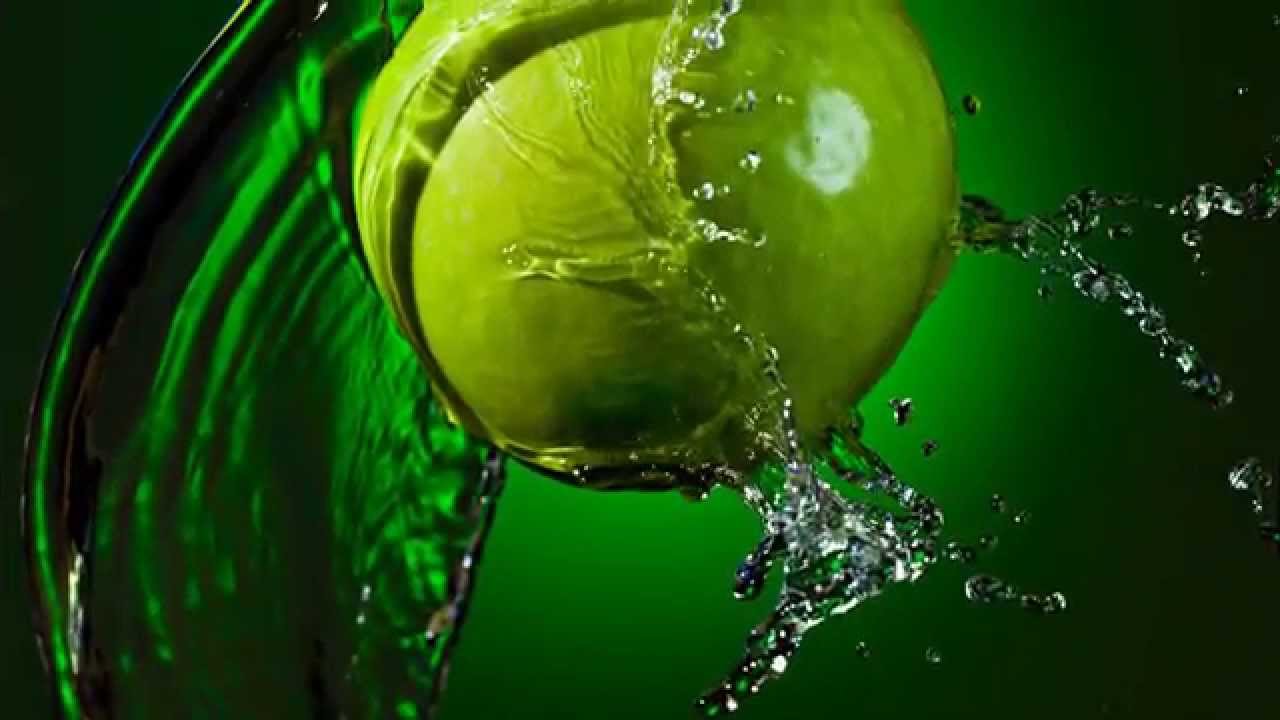

A commercial product photographer and educator (founder of Photigy) whose work emphasises technical mastery, splash, liquid and still-life compositions.
Portfolio link: photigy.com
3. Tony D’Orio

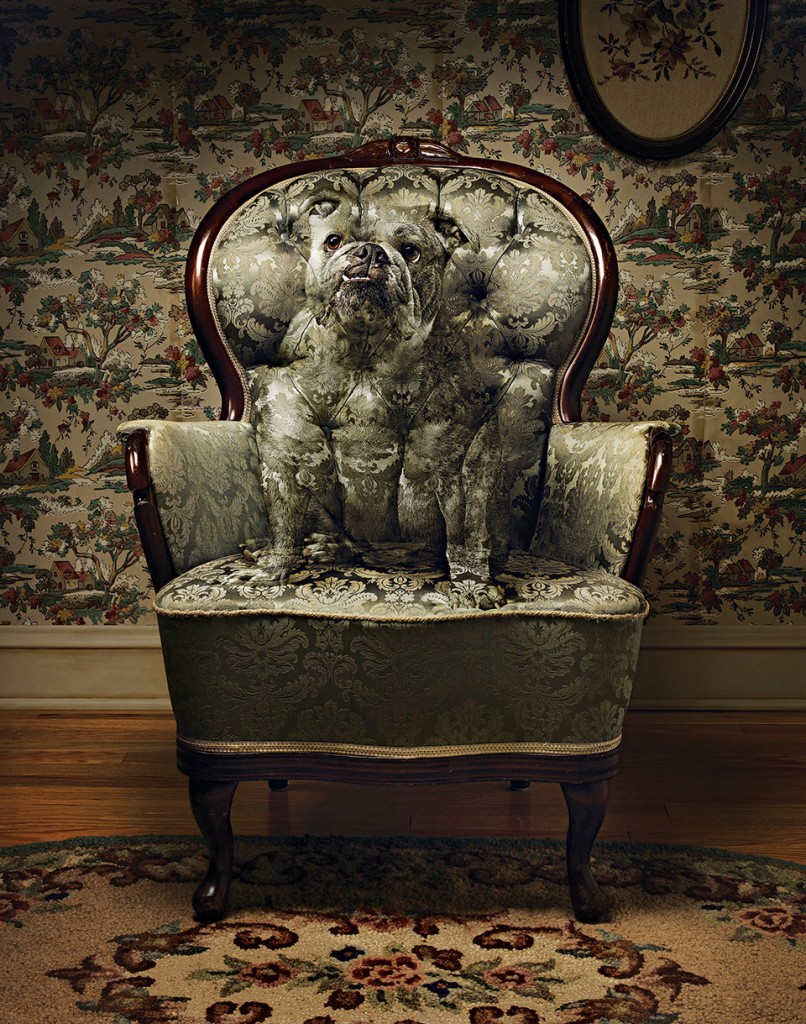
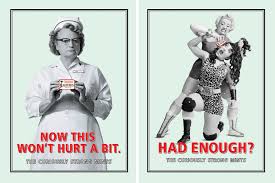
Listed among the “Top 50 Product Photographers in the USA (2025 Edition)” for his storytelling through still-life products (especially bold, narrative-driven setups).
Website Link: Tony D'Orio
4. Lucas Zarebinski
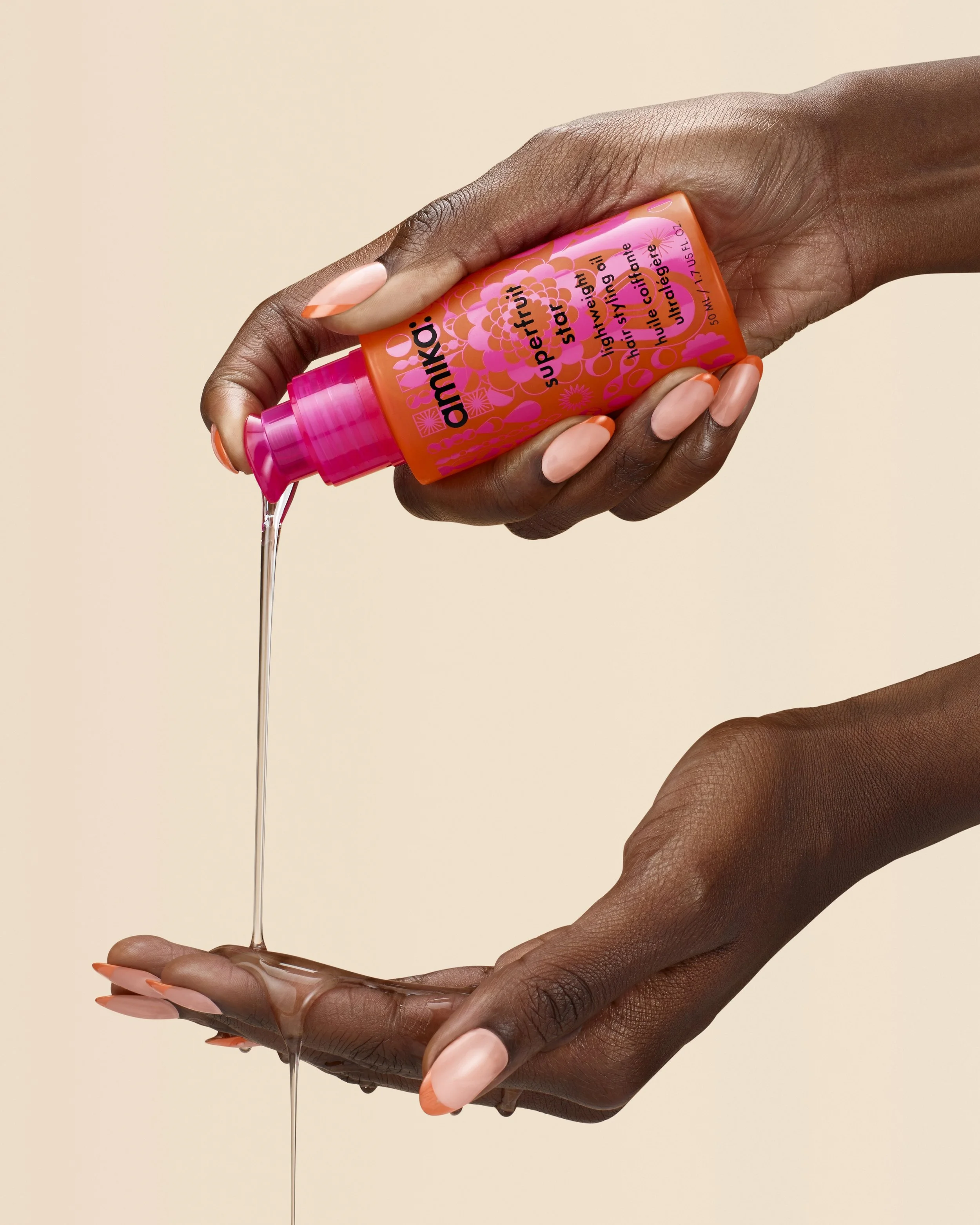
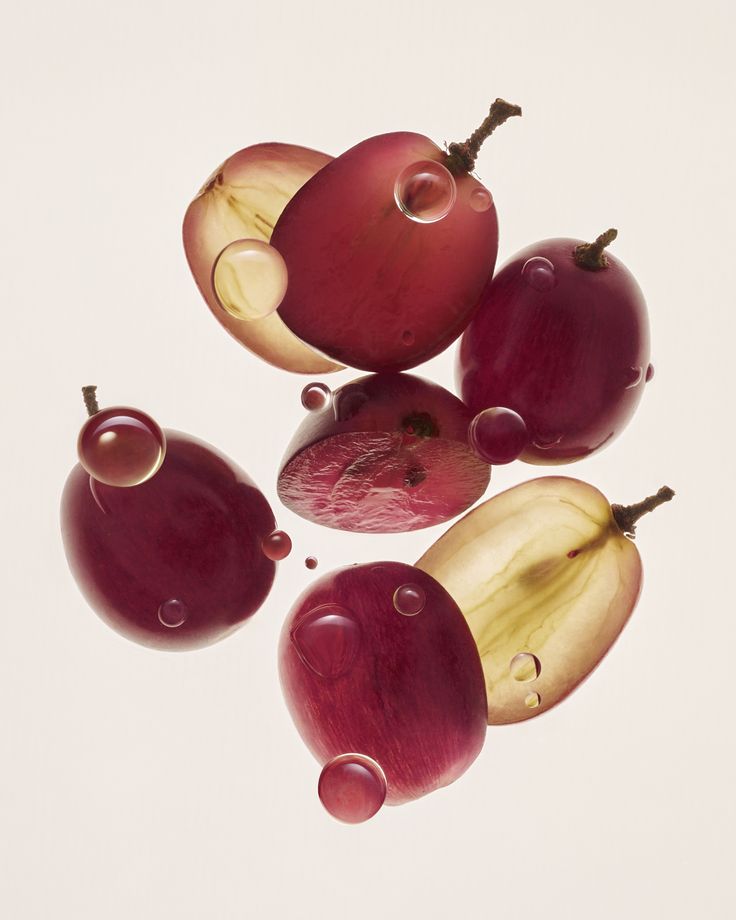
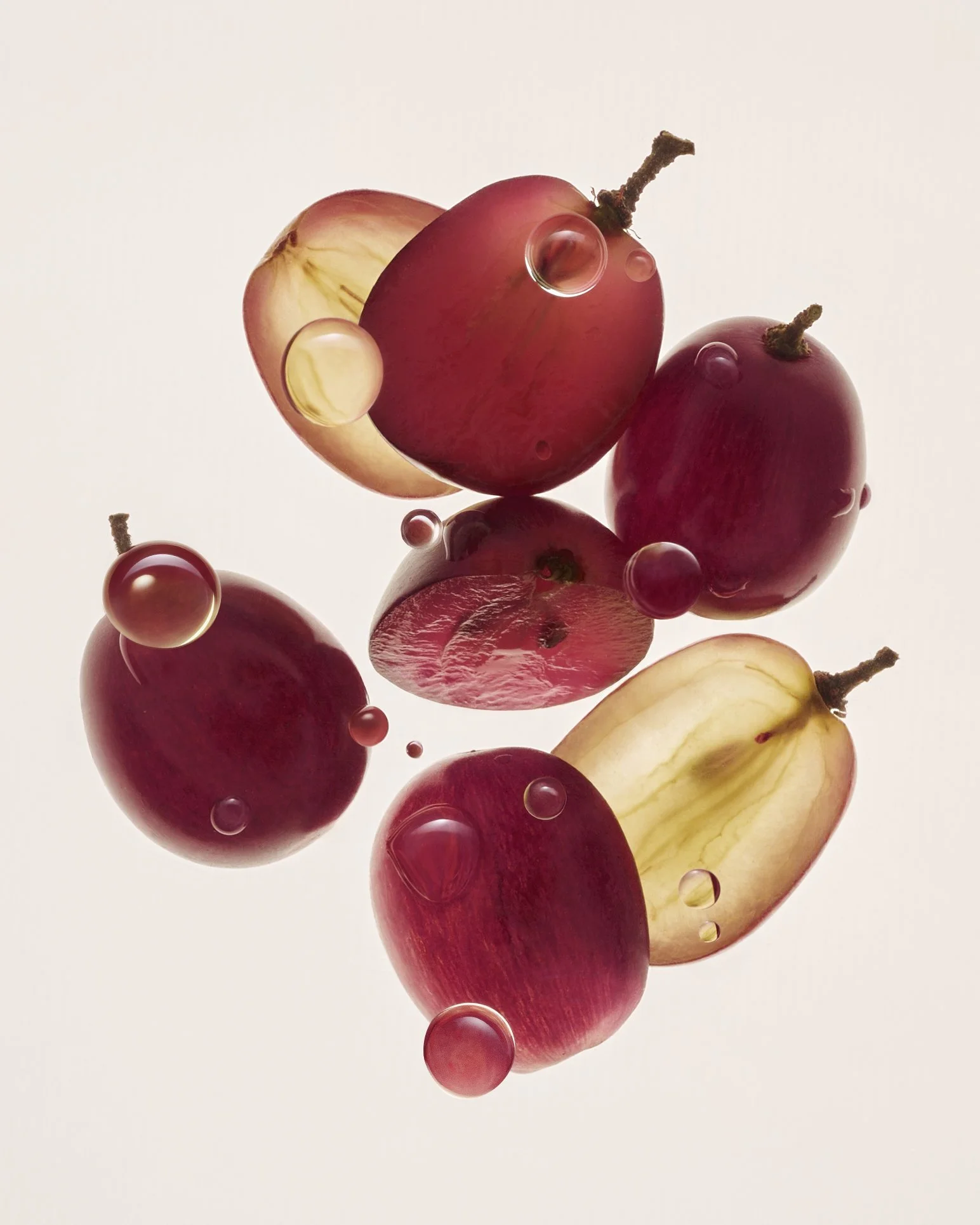
Another entry from the Top 50 list: Lucas Zarebinski (NY) is known for conceptual, high-impact product photography with colour-driven visuals.
Website link: Lucas Zarebinski
5. Brian Klutch
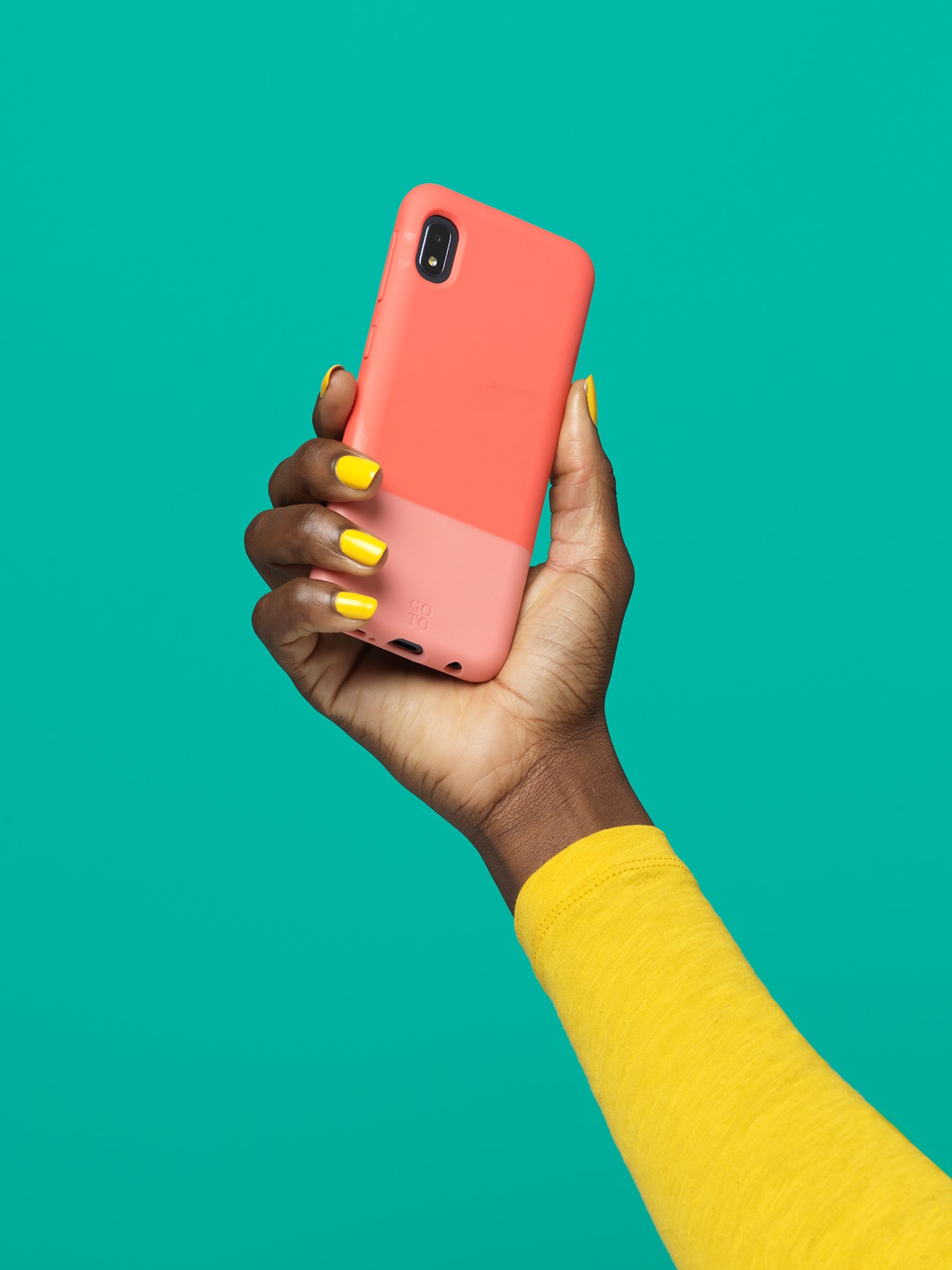
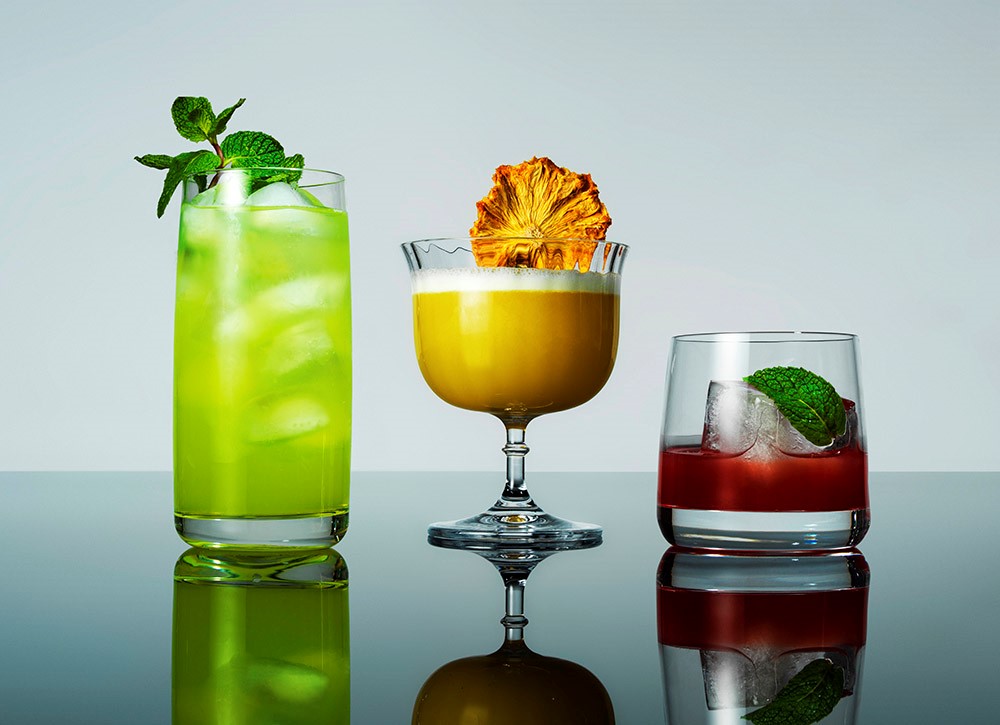

Known for colourful, playful product shots with editorial sensibility — great crossover inspiration for brands blending product clarity with attitude. Website:https://www.brianklutch.com
6. Stephanie Gonot
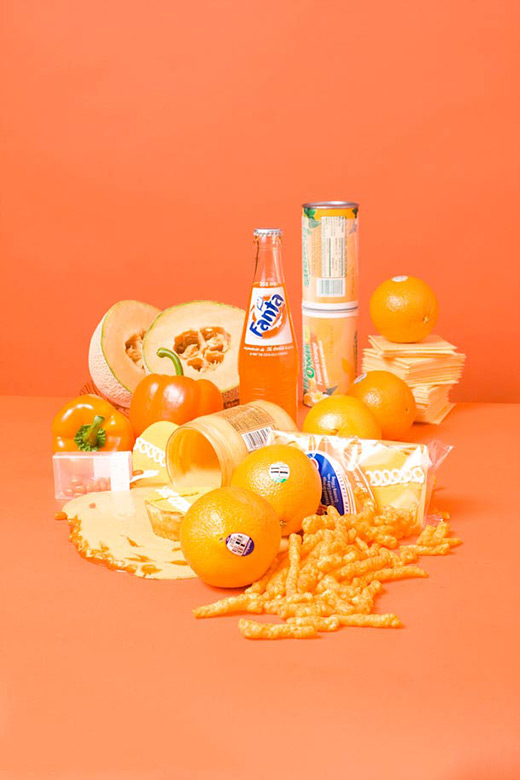
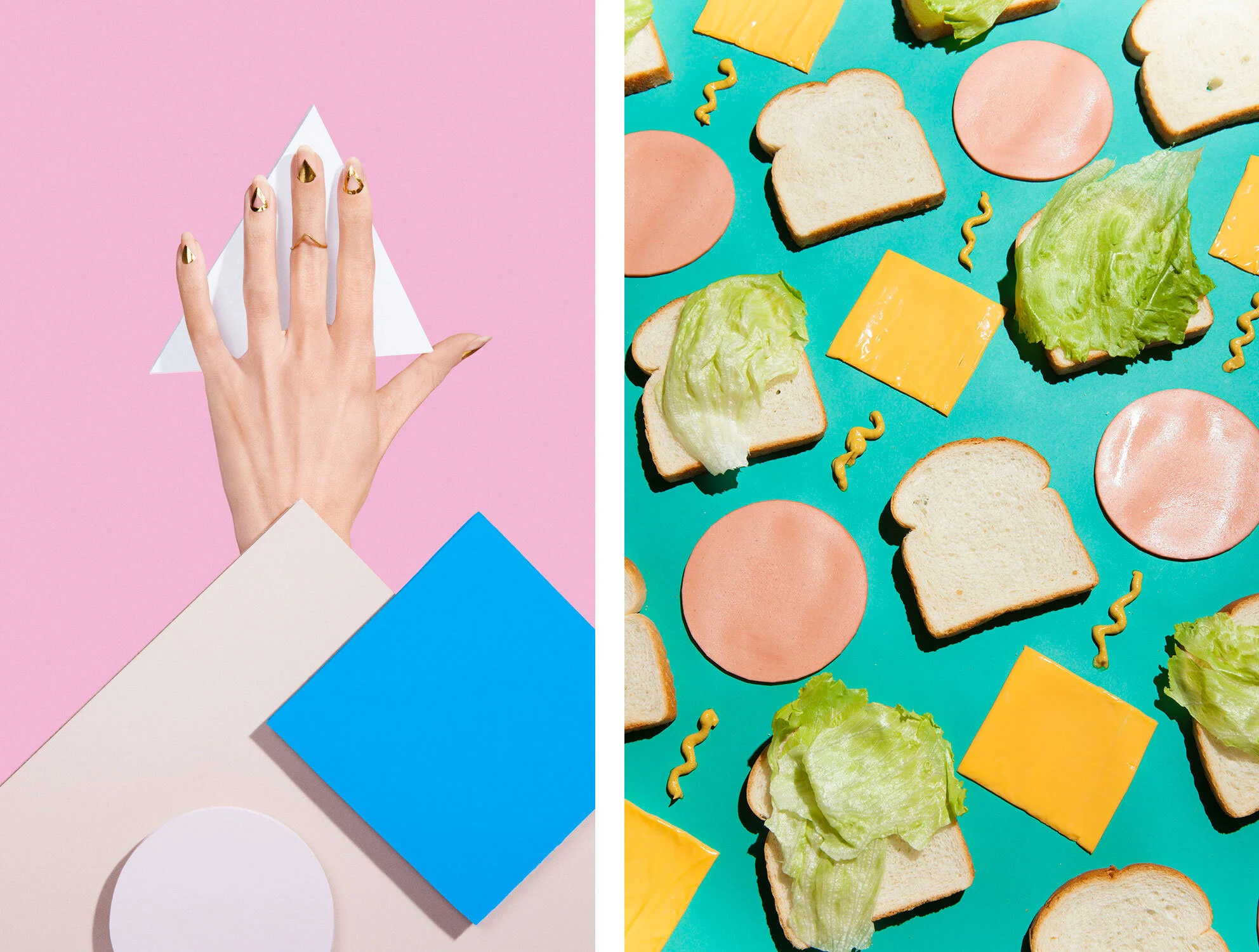

With bold colours, geometric layouts and a fresh visual language, Stephanie offers inspiration especially for lifestyle and vibrant ecommerce brands. Website:https://www.stephaniegonot.com
7. Annabelle Breakey


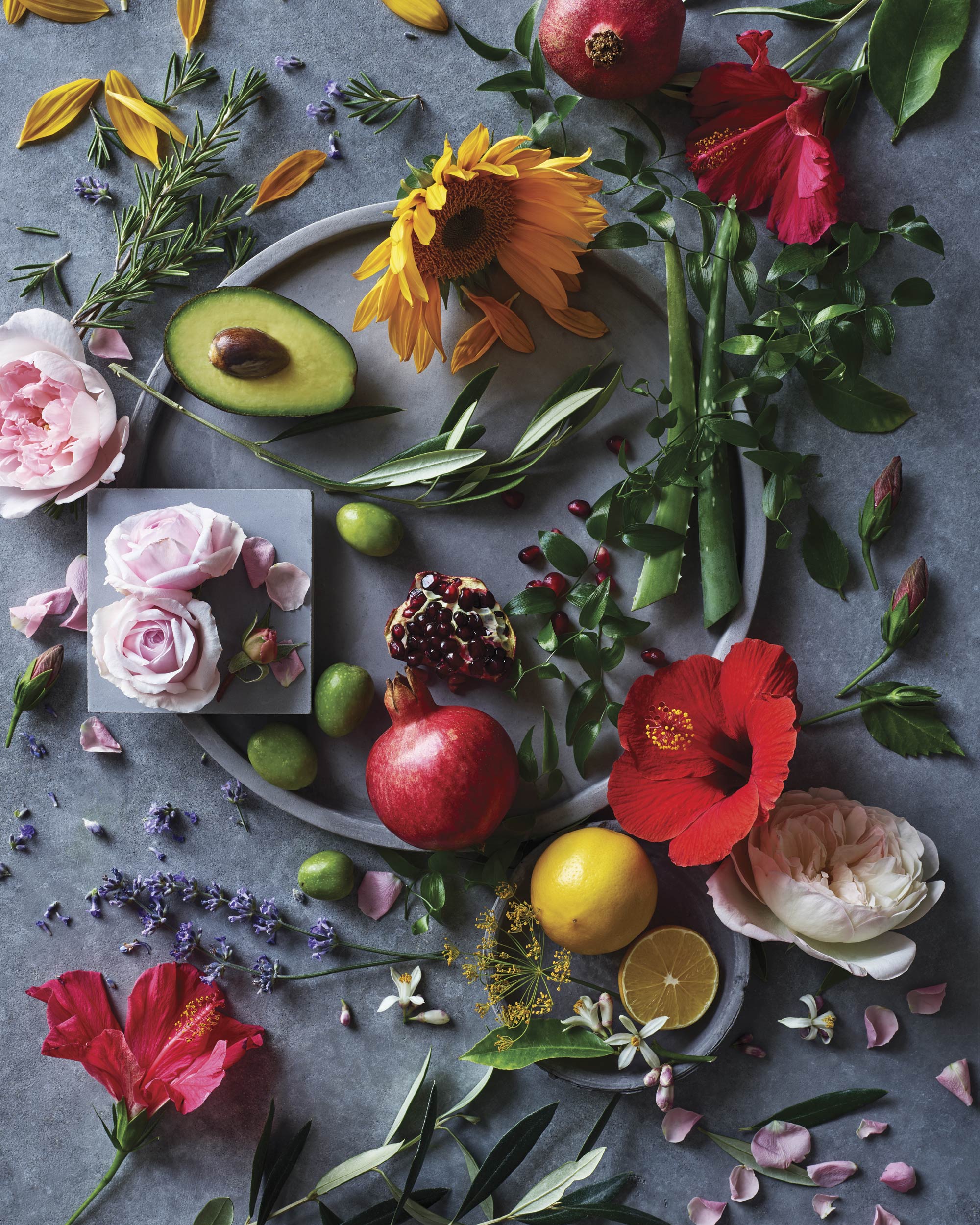
Her style is clean, natural and subtle — perfect for brands in wellness, artisan products or where authenticity and simplicity matter.
Website:https://www.annabellebreakey.com

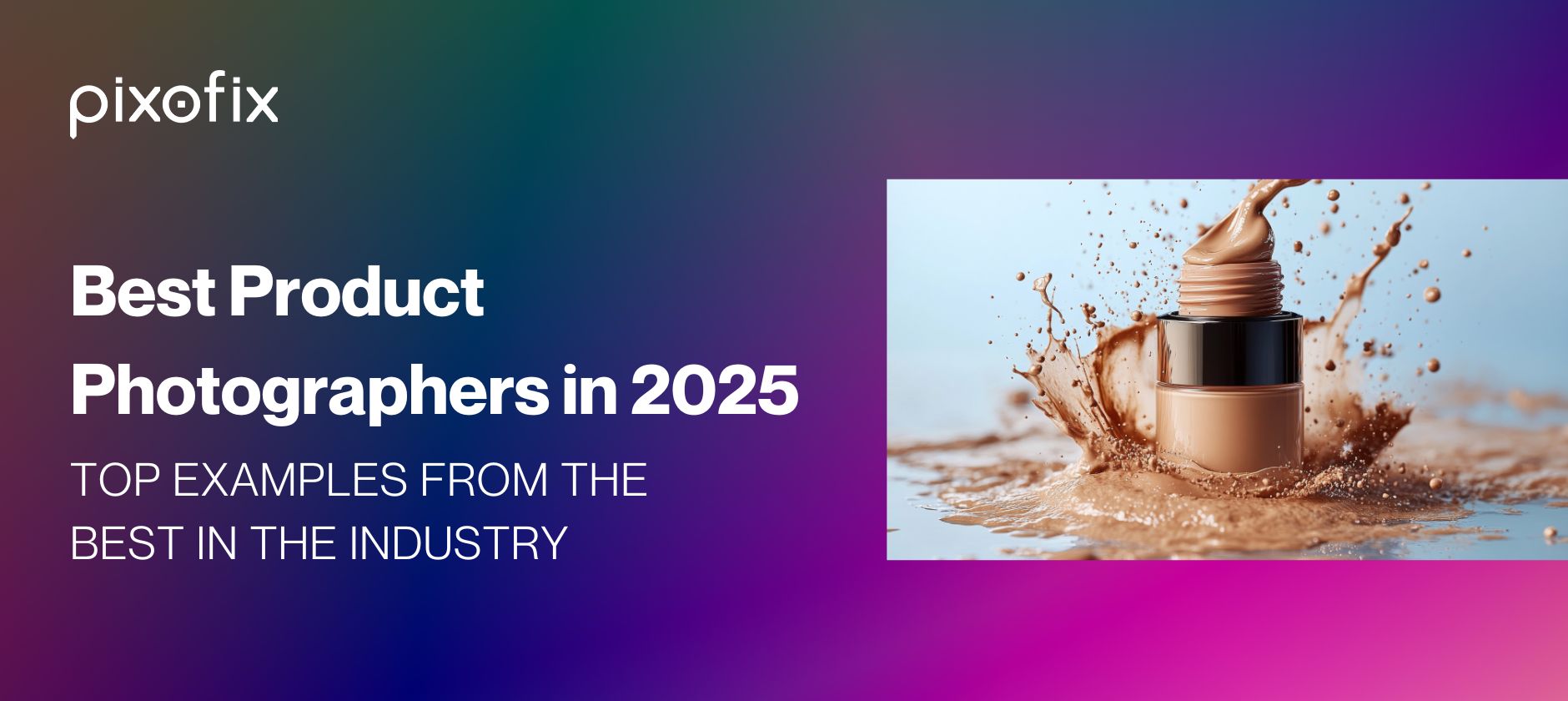



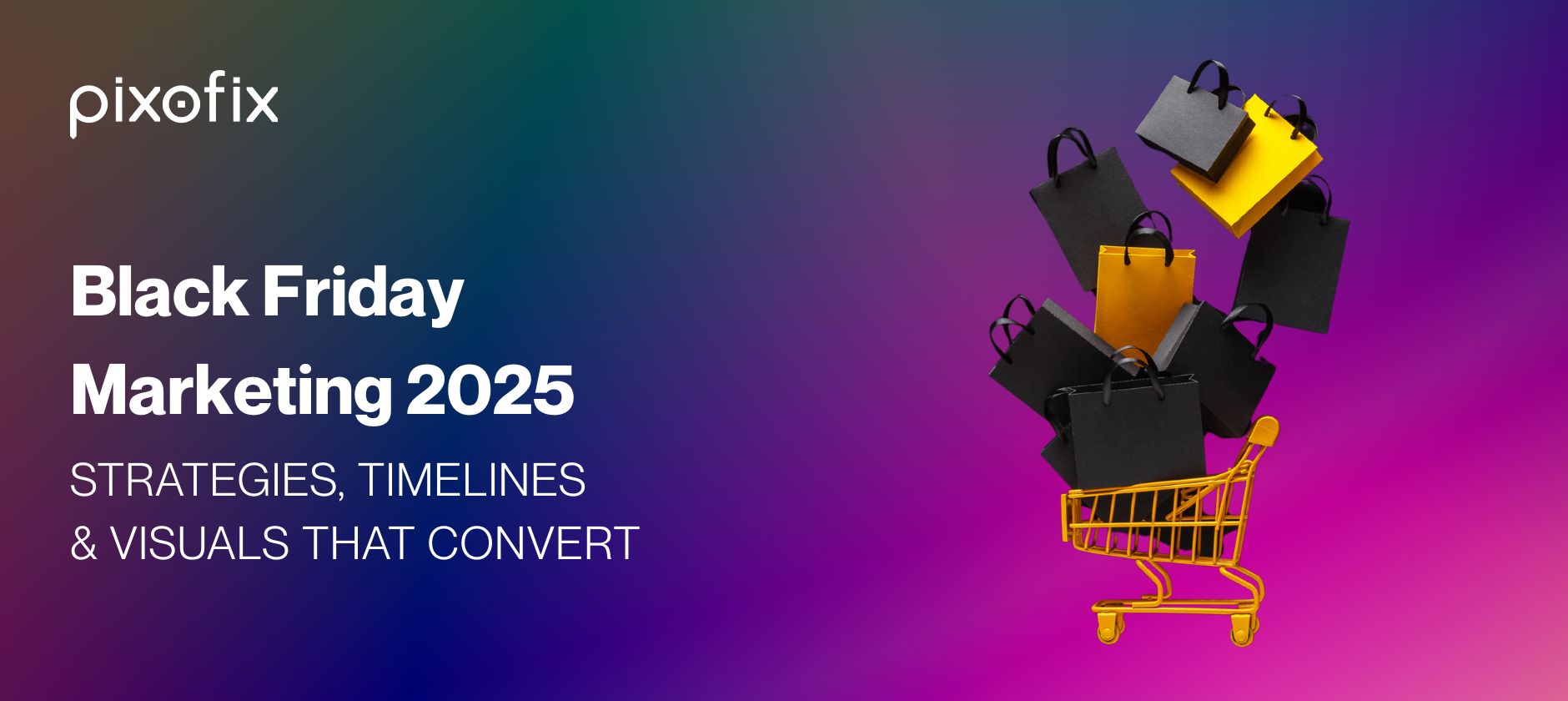
.png)

.png)
